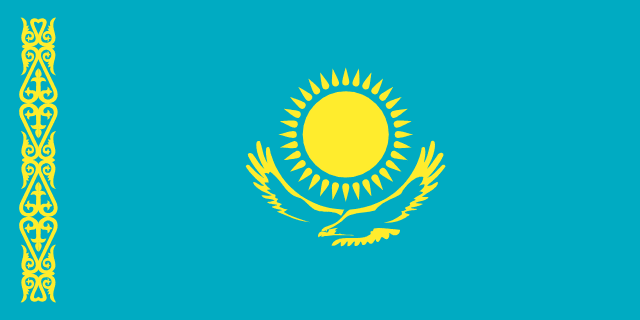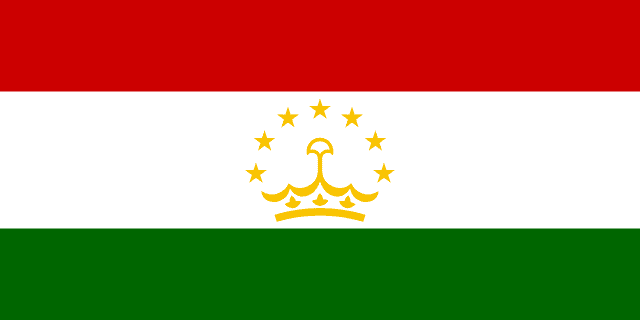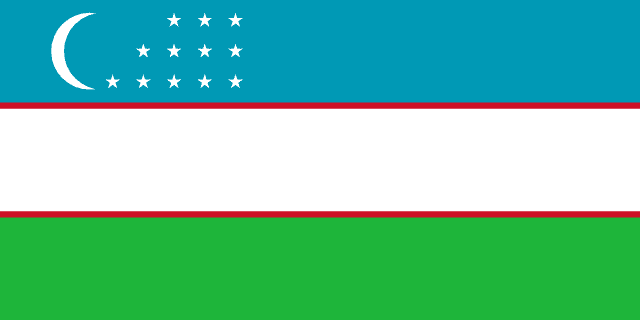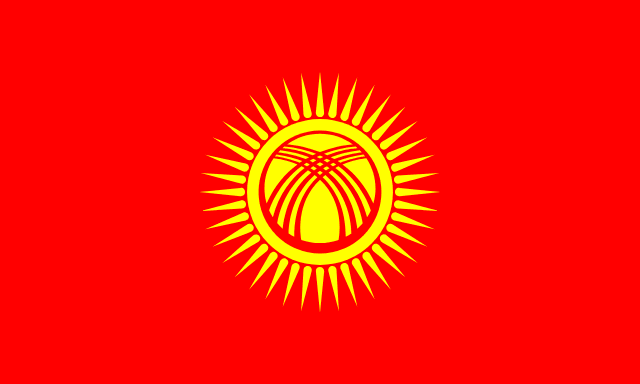Country Information
| Sovereign State | Yes |
| Country Codes | KG, KGZ |
| Official Name | Kyrgyz Republic |
| Continent | Asia |
| Capital | Bishkek |
| Government Type | Unitary parliamentary republic |
| Currency | Kyrgyzstani Som (KGS) |
| Calling Code | +996 |
| Member Of | United Nations, Commonwealth of Independent States (CIS), Organization for Security and Co-operation in Europe (OSCE), Shanghai Cooperation Organisation (SCO) |
| Population | Approximately 6.5 million |
| Total Area | 199,951 square kilometers |
| Highest Point | Jengish Chokusu (7,439 meters, 24,406 feet) |
| Lowest Point | Kara-Daryya (401 meters, 1,316 feet) |
| GDP Per Capita | $1,222 |
| Life Expectancy | 71 years |
| Internet TLD | .kg |
Kyrgyzstan National Anthem
National Anthem of the Kyrgyz Republic
High mountains, valleys and fields
Are our native, holy land.
Our fathers lived amongst the Ala-Too,
Always saving their motherland.
Come on, Kyrgyz people,
Come on to freedom!
Stand up and flourish!
Create your fortune!
Happiness and freedom,
Come and stay with us.
Shine, oh fate of ours,
Smile upon the Kyrgyz land!
Flags of Neighboring Countries




History of the Kyrgyz Flag
The flag of Kyrgyzstan was adopted on March 3, 1992, following the dissolution of the Soviet Union. The flag represents the nation’s history, culture, and aspirations for the future. It features a red field with a yellow sun in the center, with 40 rays emanating from it. The red color symbolizes bravery and valor, a tribute to the nation’s history of struggling for independence and freedom.
The centerpiece of the flag, the sun, symbolizes peace and wealth. The 40 rays represent the 40 Kyrgyz tribes unified by the legendary hero Manas, a central figure in Kyrgyz culture and identity. This imagery reflects the nation’s unity and the coming together of different peoples to form one nation.
Prior to the current flag, Kyrgyzstan used various flags under the Soviet regime. The transition to the current flag marked a significant move towards establishing a national identity separate from Soviet influence. The flag’s adoption coincided with a period of national awakening and re-establishing the cultural heritage of the Kyrgyz people. It stands today as a symbol of the nation’s sovereignty, unity, and pride in its rich history.

